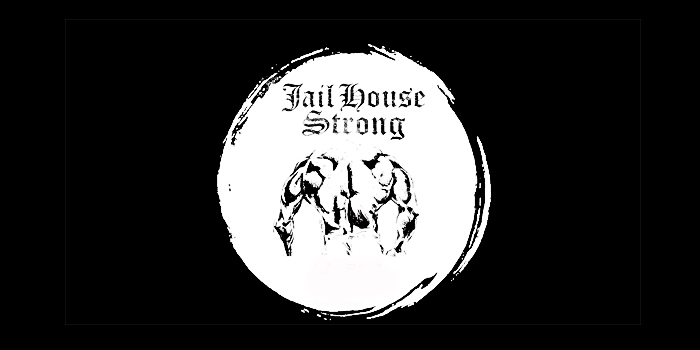
These days, it seems like everyone’s doing stuff because it’s trendy. It’s cool, it’s hip, and it’s happening — whatever the kids use to call something “cool” these days.
And of course, trends apply to things as like training frequency, which is the subject I’m going to tackle here.
Bodybuilding
In my experience, most bodybuilders train different body parts one to two times a week, sometimes more often. The key there, aside from individual differences, is intensity. If you’re a Branch Warren-type blasting your legs in 25 sets, you’re not going to be able to train your legs multiple times a week; if you eight sets and not going to failure with every single set, you’d be able to train more often.
Olympic Lifting
Your Eastern Block Olympic lifting programs train the same lift every day, multiple times a week. That comes down to about 9 to 15 sessions a week.
Powerlifting
There’s a wide spectrum of training frequency in powerlifting. I’d say the average powerlifter does each of the Big Three lifts (squat, bench, and deadlift) one to two times a week. Others do well with high-frequency training.
Strongman
As a competition draws near, strongman competitors tend to use a lower frequency model due to the wide variety of events available.
Other Considerations
Regardless of the strength sport you’re in, training frequency really just boils down to three things: how “smart” or “dumb” a lift is, the kind of gainer you are, and individual differences.
Smart and dumb lifts have little to do with the intelligence of the lifter but the amount of technique and neurological efficiency a lift takes to do it with mastery.
For example, a snatch is a “smart” lift that requires a lot of neurological efficiency and technique dialed in to achieve excellence in that lift. Those kinds of lifts require more work, hence why the average Olympic lifter is going to have higher training frequency.
Compared to Olympic lifts, the powerlifting Big Three are “dumb” lifts; they are simpler in terms of technique and rely heavily on brute strength, so they don’t have to be done nearly as often. Powerlifting is not going to require the same amount of work and neurological efficiency that Olympic lifts do.
Also take into account what kind of a “gainer” you are. If you’re an easy (fast) gainer, you don’t need to train as often or with nearly as much volume as a hard gainer does. Are you a hard (slow) gainer? If so, you’ll train more often with more intensity and volume.
Think of it this way: If your IQ is 90 and you work for NASA, are you going to relax or are you going to hit the books? Obviously, you’d hit the books.
So what are you waiting for? Instead of hitting the books, hit the gym and figure out what training frequency works best for you.










